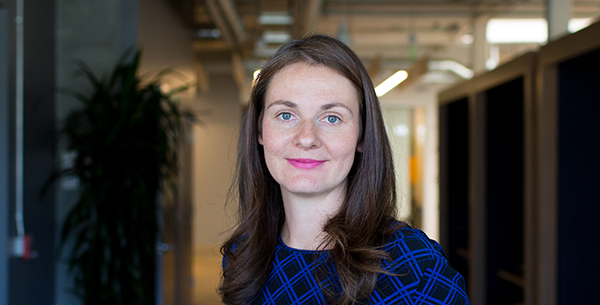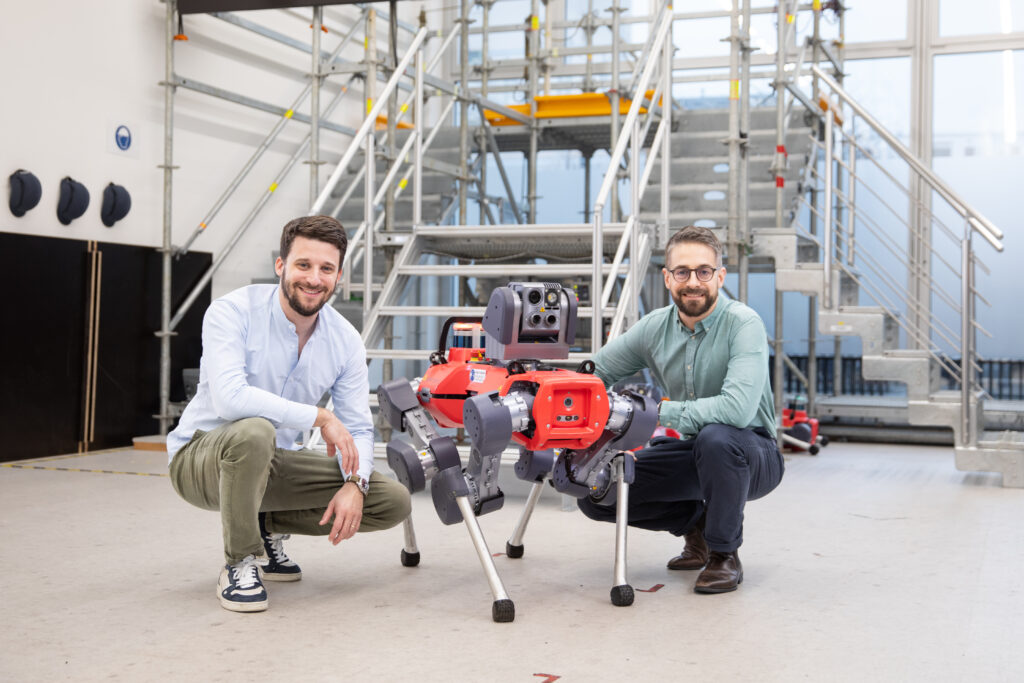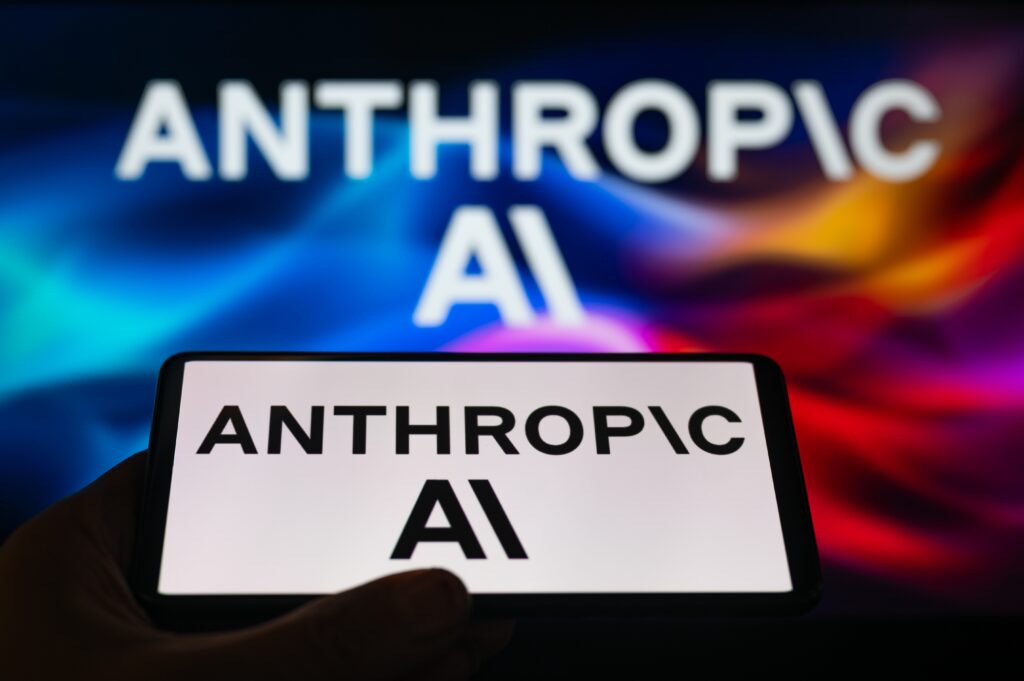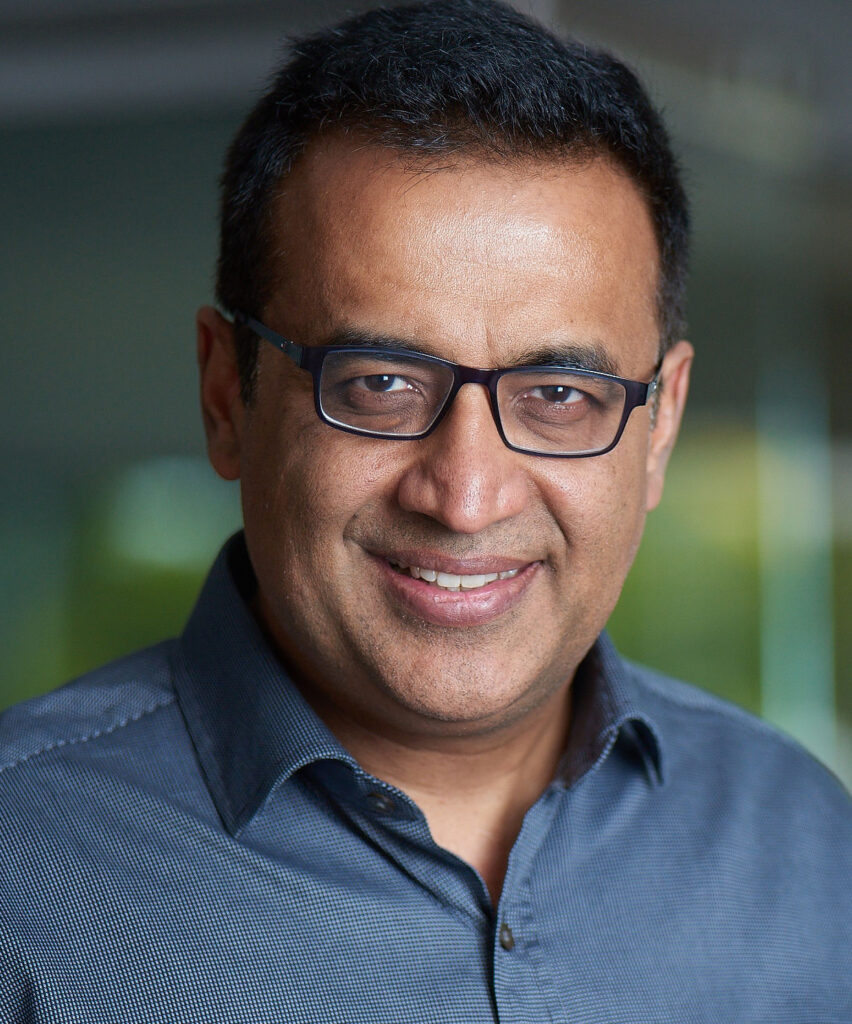
Cloudflare, a company at the forefront of technological security and reliability, got its start when co-founders Michelle Zatlyn and Matthew Prince were MBA students at Harvard. Twelve years later, Cloudflare is now a public company with a market cap north of $33 billion with a team of approaching 2,000 people who support a customer base of nearly 4 million. Varsha Tagare, Managing Director at Qualcomm Ventures and a veteran of both the investment and technological sides of startup life, recently sat down with Michelle, the co-founder, President and COO of Cloudflare for our female fireside chat. In a wide-ranging and illuminating conversation, Michelle shared some of the hard-won lessons she’s learned, covering everything from work-life balance to the value of “plain vanilla” term sheets, that she thinks every founder should keep in mind as they build the next great venture.
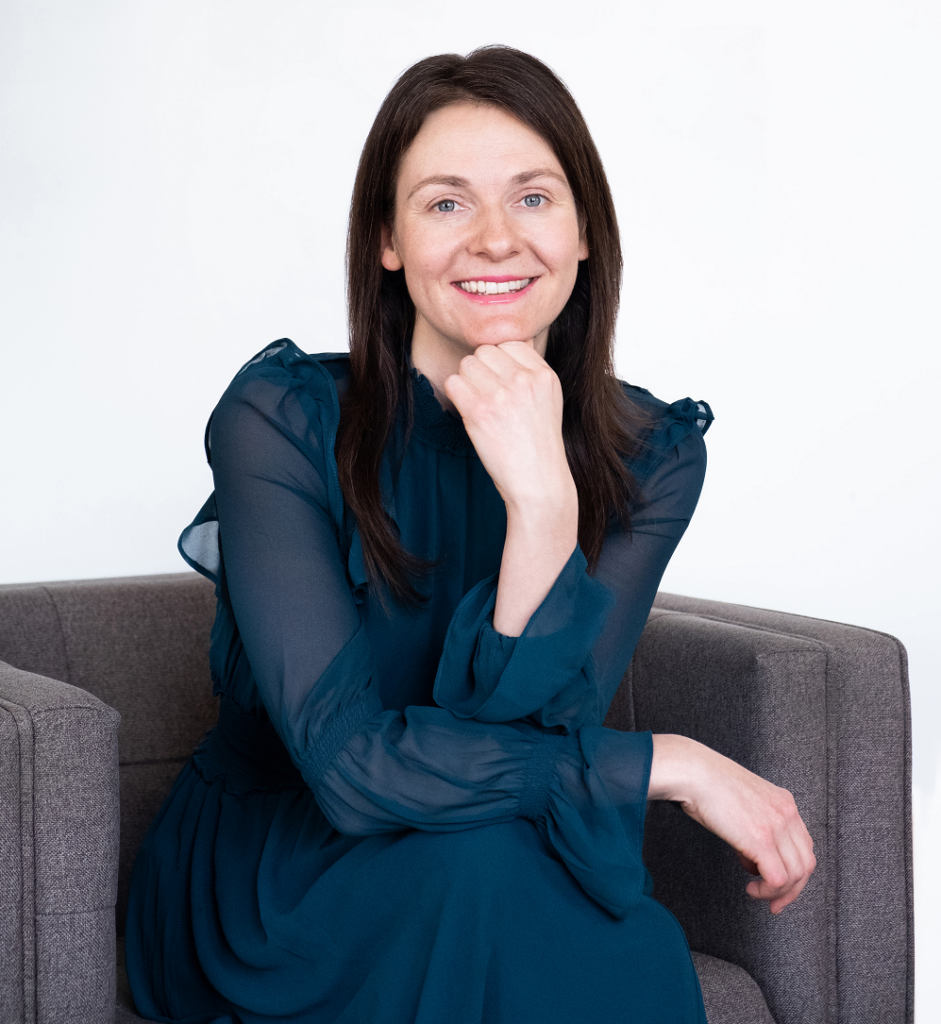
Michelle Zatlyn, Cloudflare Co-founder, President and COO
What do you think were some of the things that prepared you to take on the adventure of Cloudflare?
As a business student looking to launch a firm, Michelle said she wasn’t necessarily focused on Internet technology, but founding a mission-driven enterprise was a priority. “I knew early on before I started to do Cloudflare, that what I really wanted to do is I wanted to work on something I was proud of, that I thought was meaningful.” She recalled the conversation with her co-founder when she realized the larger context of a company like Cloudflare. “I just remember the moment sitting there as a light bulb went off,” she said. “It was my litmus test of, ‘Huh, if we could make the internet safer for all of these small business owners, and therefore entrepreneurs and developers — wow, I would be proud to be a part of that!”
Michelle says Cloudflare’s mission remains the same today: “To help build a better internet. The Internet’s a complicated place, and everything needs to be faster these days. Everything needs to be more secure these days. And everything wants and needs to be more reliable these days, and Cloudflare helps make that happen.”
With your background on the business side, what gave you the confidence to enter the highly technical field of security and take the plunge on this deep technology company?
Building a business often requires making split-second decisions on high-stake matters, Michelle explained, many of which might involve facts or data that were first presented to you just an hour before. The key, she said, isn’t trying to know everything—it’s to know what you don’t know and then how to catch on quickly. “You’re going to find yourself in a situation where you are not anywhere near credible to make a decision, but you have to make a decision,” she said. “And so, all of a sudden, this rate at which you’re learning matters a ton. And it doesn’t mean you always have to get everything right, but can you learn from it: How fast do you get better? I think it’s a really huge superpower.”
Tell us about your hiring philosophy from the early days at Cloudflare to as you’ve grown forward. How important is it to be involved in hiring decisions, or do you outsource that process?
Early on, as Cloudflare was first starting to fill out its team, Michelle and her co-founder decided to make what for many founders would be a bold move: meet candidates in person. “We were there. We were showing up every day,” she said. “We were clearly engaged. When you’re joining a company that’s less than 50 people, the leadership matters a ton. I think it matters at any stage, but it matters a lot at less than 50 people. And we would be showing up, meeting these people, and they got a really good feel for what it was like at Cloudflare. So, people would join, and they would stay for a long time. We had really low attrition in those early years because of that.”
As the company grew, the idea that teams should be grounded in relationships was passed on to new managers. “Our managers spend 20 to 25% of their time recruiting, which is two hours every day or one day a week. It’s a lot,” she explained. “Our theory is that when the managers are involved, there’s better alignment, and people stay for a long time. If you look at our attrition data from employees leaving, the retention has been very high, and I think one of the reasons it’s high is because the managers are just so involved. There is no mismatch.”
Cloudflare’s first fundraising came at a very challenging time in our industry, right after the bubble of 2009. Is there anything from that experience that founders now, especially first-time founders, can learn about raising their first seed round?
At one of Cloudflare’s first big meetings with a potential investor, Michelle encountered a term she’s still using today. The person they met with “gave us a clean term sheet,” she said, which he described as “plain vanilla, no bells and whistles.” Cloudflare launched just after the mid-2000s recession, a moment when every decision about how much money to raise, accept, and spend had a huge impact on a company’s future. “I really did not care about that when I first started Cloudflare,” Michelle said, “but along the way, I cared about it so much because that’s where so many entrepreneurs and venture funds get sideways. In the follow-on round, people’s elbows come out.” This commitment to keeping term sheets simple helped guide Cloudflare’s co-founders as they considered another opportunity a few years later. “We walked away from a lot of money and a high valuation,” she said of one investor opportunity, “but his term sheet had tons of bells and whistles. And we kept trying to say, ‘Well, we don’t really want that.’ And we walked away.” Conviction in what was right for Cloudflare paid off: “And six months later, which is an eternity in startup world, we ended up raising our Series C.”
It’s been two years since Cloudflare went public. How has life changed post-IPO? Have you had to change your leadership approach?
In the early days of Cloudflare, Michelle said, “being a founder was about being in the same room—or maybe now it’s in the Zoom screen—but it was very equal and very flat, and we’re all in this together, and it was pretty clear what we had to get done.” But life changes after an IPO. “At some point, you have a lot of people working for you, and they’re depending on you for their livelihood,” Michelle said. “You’ve got big responsibilities. Not only are you a founder, but you’re also a manager. And you have to make decisions, and sometimes you’re going to make unpopular decisions, and all of a sudden, these people that you really like and that you know really well might disagree with you or question you. So, you have to see yourself as a manager and a leader, and that was, I think, a hard transition for me early on. But once I got it, I got it.”
Looking from the outside, Michelle, you have it all. You have a fantastic career. You have a wonderful family. And you also have another entrepreneur at home. Your husband is also an entrepreneur. So, perhaps if you can give us your view on how you managed it all.
Rather than trying to have it all, Michelle said that a smart founder makes concessions, sets priorities, and makes strategic choices that let them maximize productivity at work while minimizing disruption elsewhere. When she was expecting her first child, Michelle had to make some crucial decisions about how she would spend her time—and it would not involve sitting in traffic. “We lived in San Francisco,” she said. “I did not know the city very well, and everyone else was living in other nice neighborhoods. Not that I didn’t live in a nice neighborhood, but I lived across the street from my office. I had no commute time, and so then I could be at home with my new baby, and then go to work, be at work, and go home, and be at home with my husband and our new child. And I literally spent 30 seconds commuting.” It’s an example, she said, of a crucial choice, something founders are faced with frequently. It’s part of caring for yourself, an essential part of life as a founder: “You have to take care of yourself, that I’m better at now. I always felt guilty for doing that, but now I don’t.”
What would you say were your biggest failures along the way to the top?
Hiring, almost every manager learns, isn’t an exact science. When a person turns out not to be the right fit for the job, Michelle has used those moments to ask: what went wrong, and how can we do it better next time? She also learned that playing the blame game wasn’t something she wanted to do. “What I’ve learned is, don’t throw rocks,” she said. “Do not throw your founders or leaders under the bus. We’re in this together. Let’s fix it together.” That approach, she said, ultimately brings a team closer together. “It’s almost like you come out the other side. You’re in the trenches together, and you come out the other side stronger and better.”
What specific actions can a founder and a leader take to be an ally who advocates for greater diversity in your workplace?
This is another area in which Michelle said taking an active role in hiring can make a difference. “You really have to do the work. This stuff does not just happen,” she said. “You have to source candidates. All the research shows if you say, ‘hey, I’m looking to hire an engineering manager. I really would love it to be a woman or someone from an under-represented minority,’ people will refer those types of candidates to you if you ask specifically.” And it goes from the top down: “we all have wonderful jobs to offer, and so empowering your managers to care about it and be thinking about it and telling them you can help make a difference, I think, is a big deal.”
(Opinions expressed are solely that of Michelle Zatlyn)

